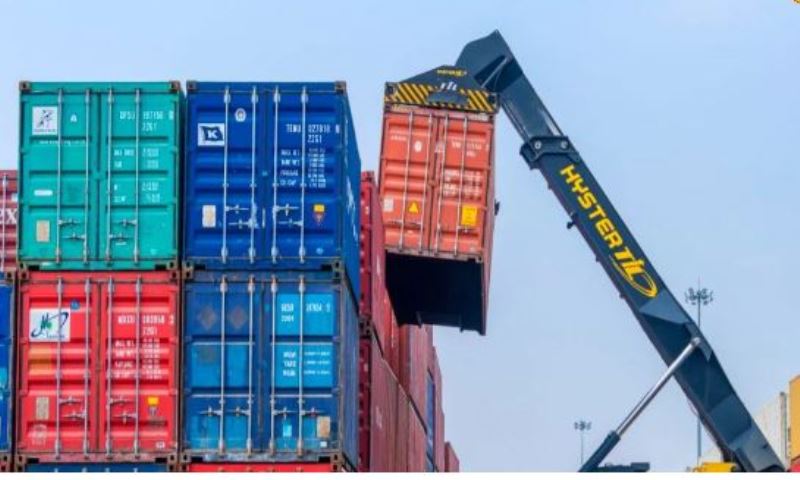In a landmark development, the state of Bihar unveiled its first-ever dry port at Bihta, near Patna, on October 21, 2024. The facility, inaugurated by Bihar’s Minister of Industries Nitish Mishra, marks the start of a new chapter for the state’s trade infrastructure, offering businesses streamlined access to international markets. The port’s inaugural export—a shipment of leather shoes to Russia—symbolizes a strategic step toward expanding Bihar’s
export footprint and making it a significant player in global trade.
Located strategically, the dry port will serve as a central hub for imports and exports, bringing much-needed customs and warehousing capabilities directly to Bihar. This development resolves a long-standing challenge for exporters in the state, who previously relied on customs services located in neighbouring regions, a process that added time and cost to their operations.
“With the Bihta ICD, Bihar’s businesses can now access global markets with reduced logistics costs and faster turnaround times, making the state more competitive,” Minister Mishra noted during the inauguration.
The facility features robust rail connectivity to major coastal ports, including Kolkata, Haldia , Visakhapatnam, and Mundra. This direct access to coastal gateways is expected to bolster Bihar’s standing as a viable export origin for a variety of goods. Beyond leather products, the dry port aims to support exports of agricultural produce like maize, litchi, and various packaged goods, sectors in which Bihar has a competitive edge. The creation of the dry port aligns with India’s broader strategy to establish inland trade hubs across the country, alleviating congestion at coastal ports and fostering local economic growth through regional trade facilitation.
For Bihar, the dry port not only holds economic promise but also symbolizes a shift towards self-reliance and modernization in trade and logistics.
The state government envisions this facility as a catalyst for employment generation, attracting investment and improving Bihar’s integration into global supply chains.

